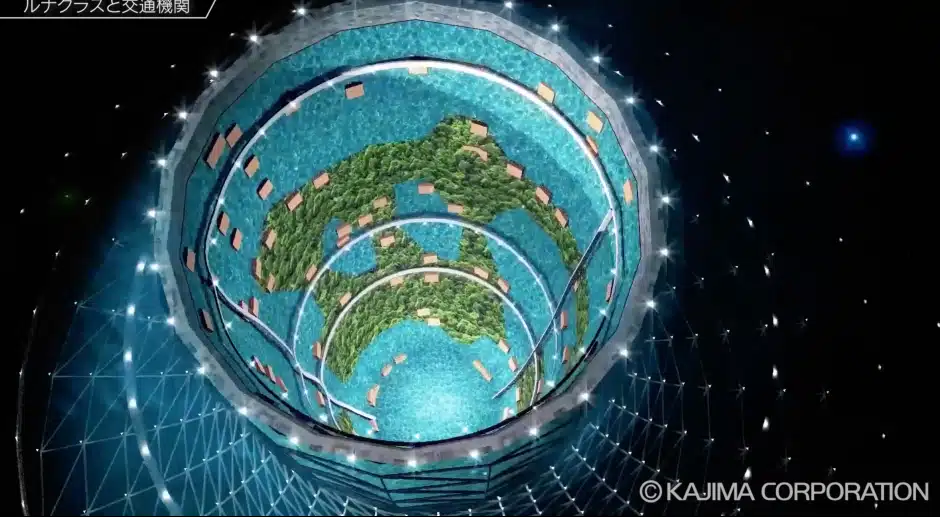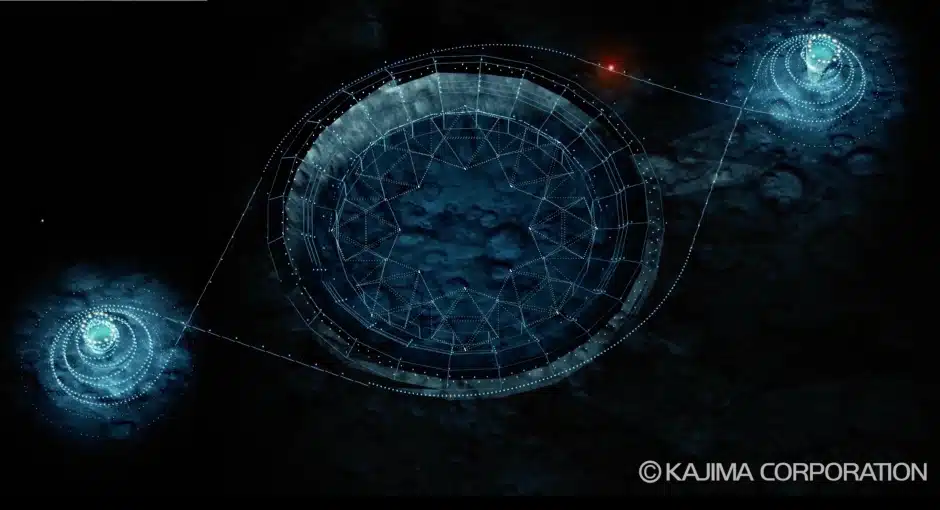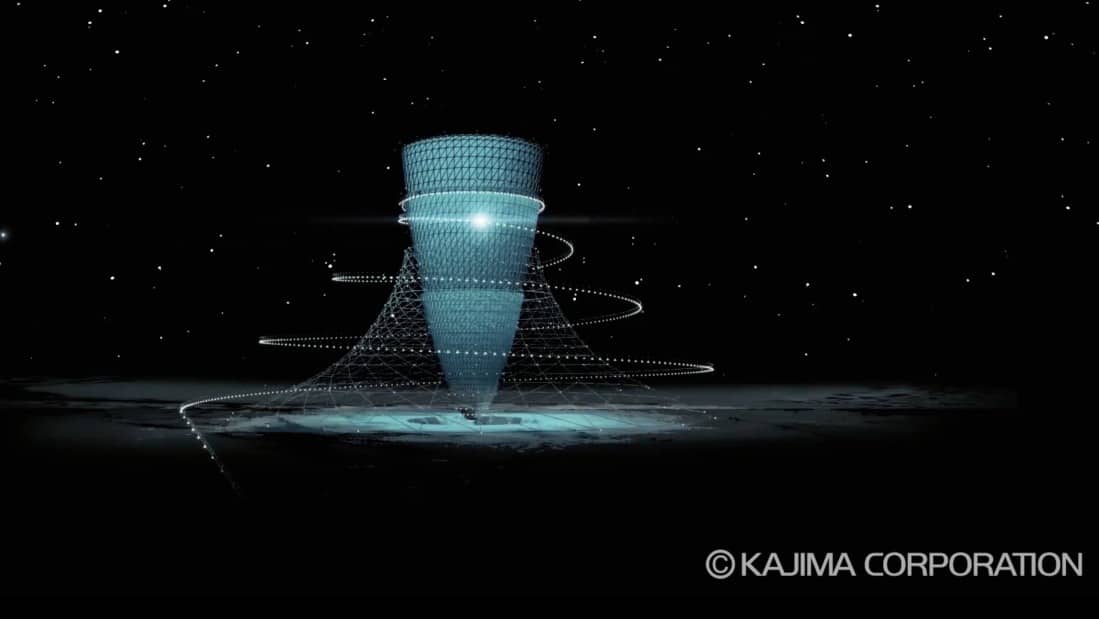For years the imagination of architects has hypothesized spatial habitats of the most disparate shapes: hermetic spheres, geodesic domes and lantern-shaped buildings. For a Japanese research team, the future of human space colonies is shaped like a cone.
At an event held on July 5th (below the video, in English), a joint team fromKyoto University and the construction company Kajima Corporation showed images of an “artificial gravity living structure.” A structure that would be shaped to mimic Earth conditions. The rotating building, 1.300 meters tall and nicknamed “The Glass”, will use centrifugal force to complete a full revolution every 20 seconds. This feature will give the building a gravity like that of the Earth.
A focus on artificial gravity research at the beginning of the space tourism era
Japanese researchers say creating an environment with artificial gravity similar to that on Earth is key to thriving in space. “Without gravity, mammals may not be able to reproduce. Their children may not develop well,” explains the team in a Press release . “When a person grows up in a zero or low gravity environment, his body would change so that he would not be able to stand on Earth.”
It's true. We have no idea how children adapt to a weightless state, NASA gravity research it has largely focused on adults. Studies show that traveling in space in the absence of artificial gravity can cause bone loss, back pain and even kidney stones.
As the space tourism becoming accessible, it will be increasingly important to study the effects of microgravity environments on the human body.

Asahi Shimbum.

Making other planets hospitable
The researchers invite us to think about other artificial gravity constructions to support settlements on other planets, as well as to develop a space transportation system. And there is no shortage of radical ideas, such as that of a system of "hexagonal space tracks" capable of maintaining normal gravity of any spacecraft passing through it. It's very Galaxy Express 999 (銀河鉄道999 Ginga Tetsudō Surī Nain), isn't it?
“The United States and the United Arab Emirates propose to build a colony on Mars, but I would like to present a unique project from Japan,” he declares Yosuke Yamashiki, professor at the SIC Human Cosmology Research Center at Kyoto University. “Other countries do not have the same basic technologies needed for human space exploration.” Ambitious words.
They echo those of Takuya Ohno, architect and researcher from Kajima. “The development of an artificial gravity residential facility with Kyoto University will be a watershed in space research.” “We will work to make this joint research meaningful for humanity.”
With the Japanese you can never say: as a child I would never have said, for example, that I would see live one of those robots that fluttered on TV.


